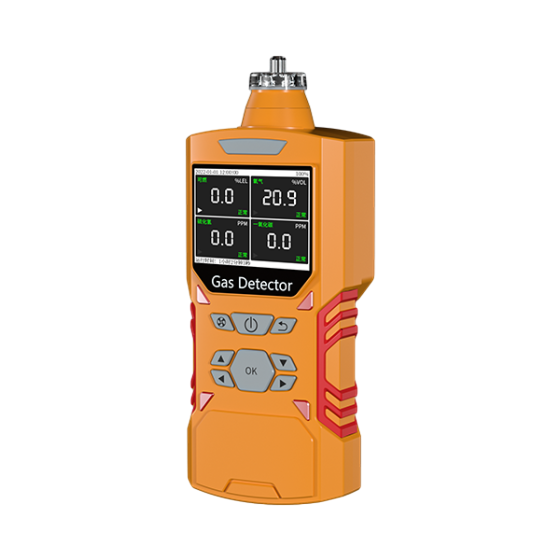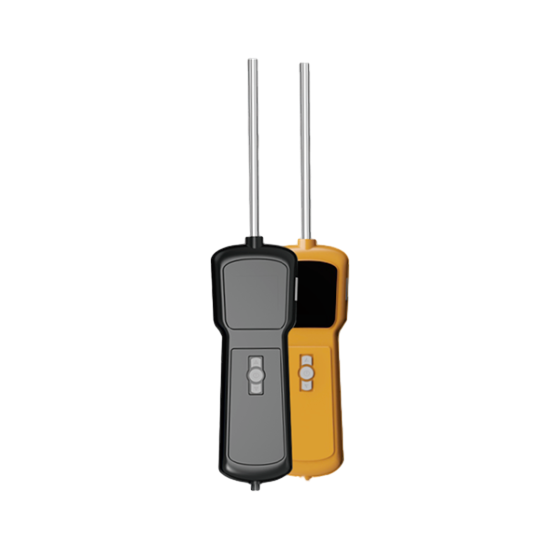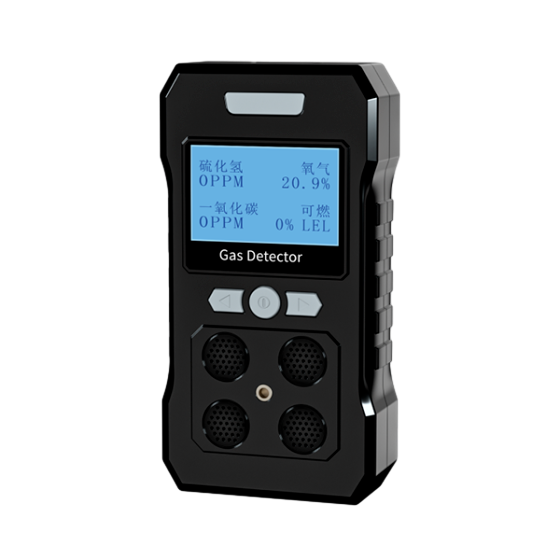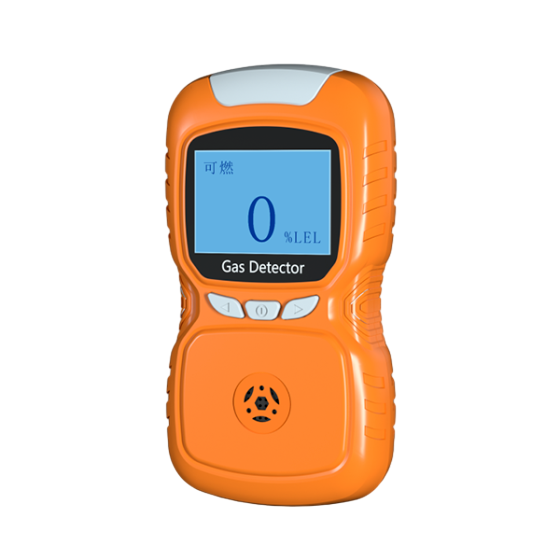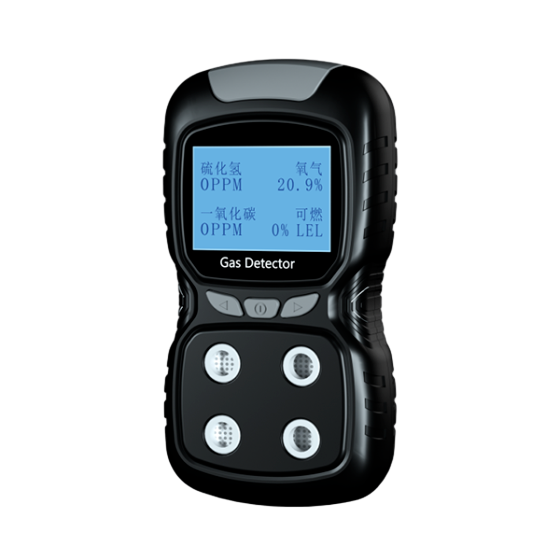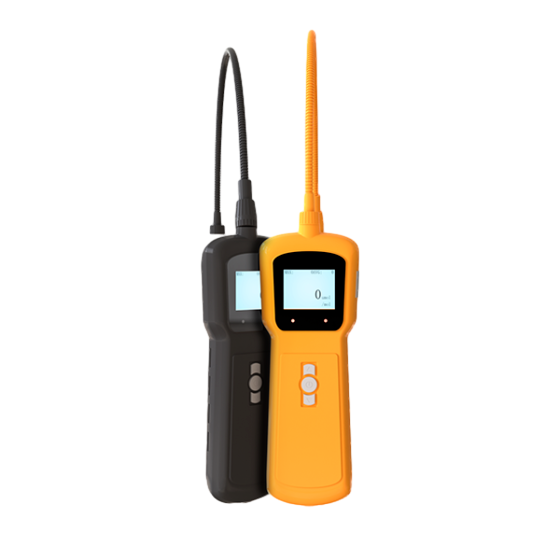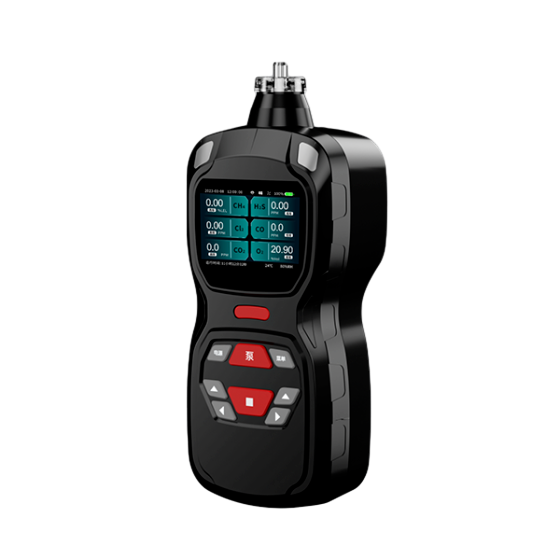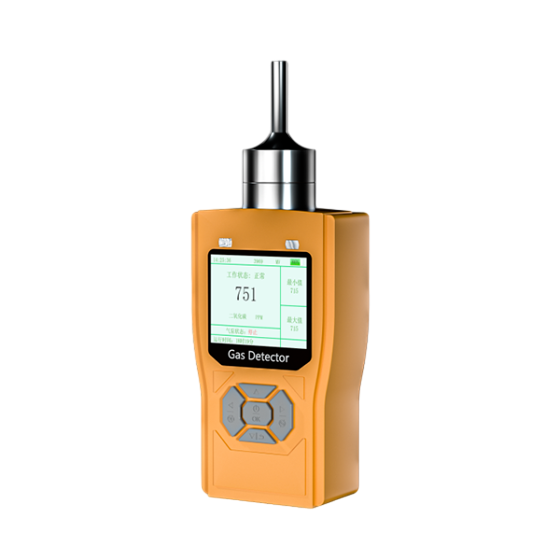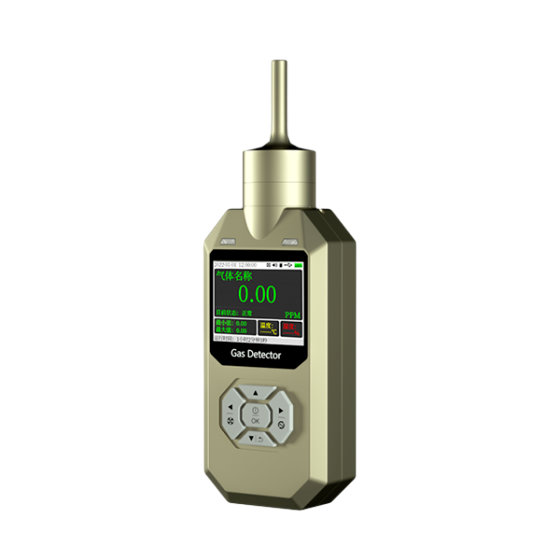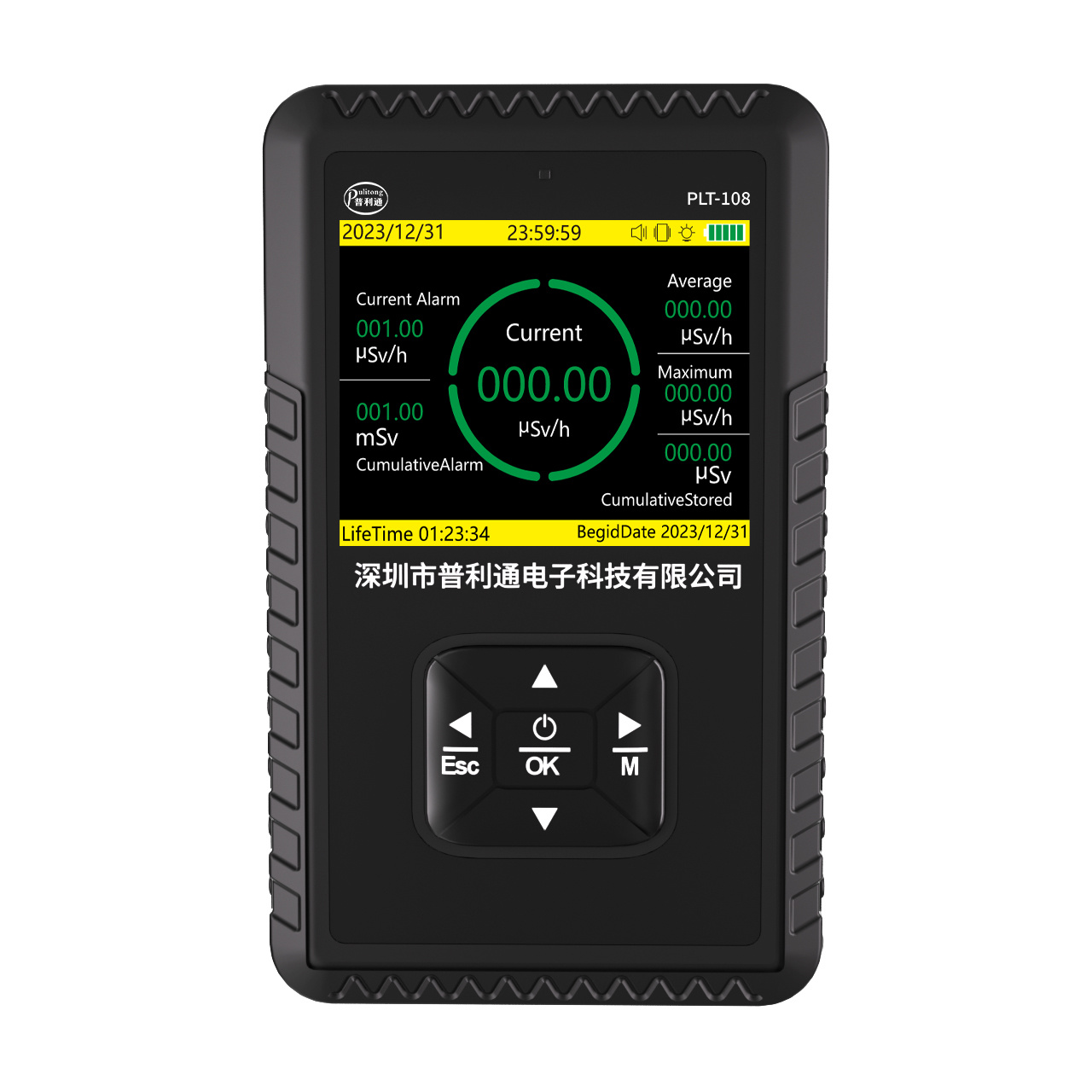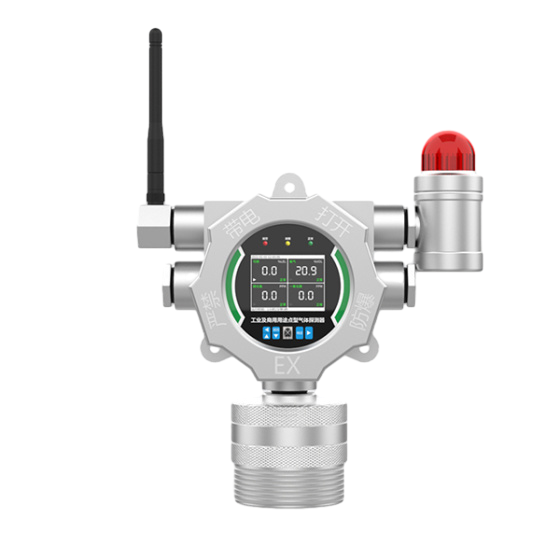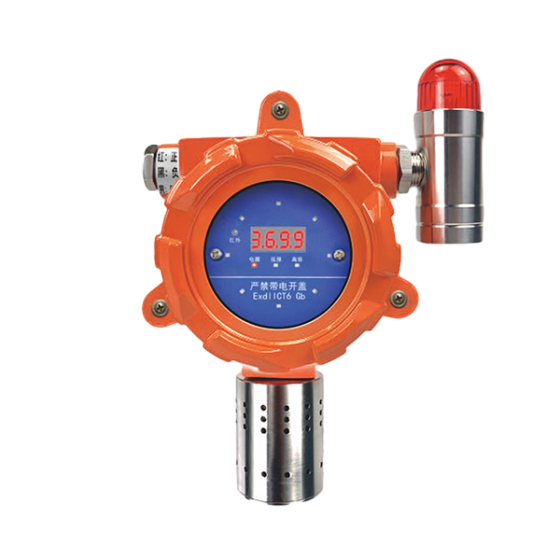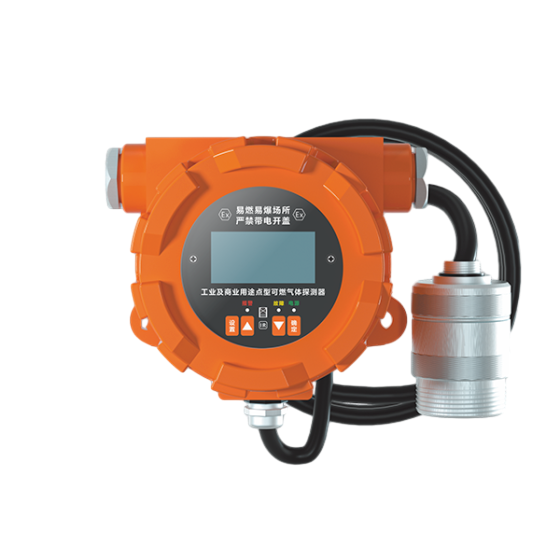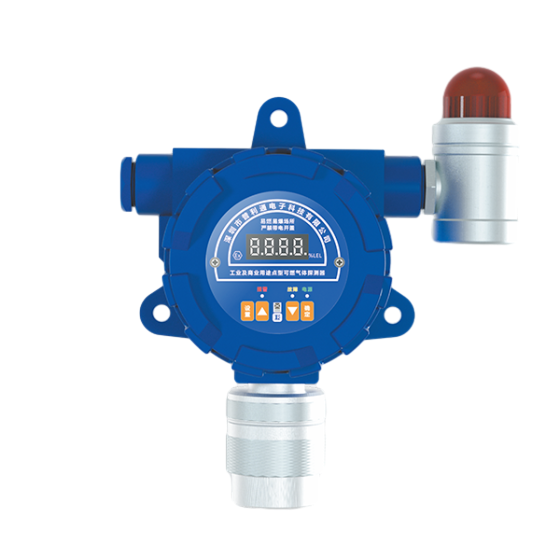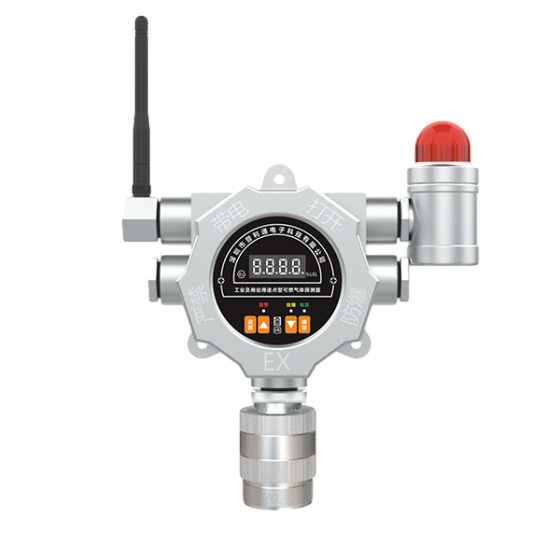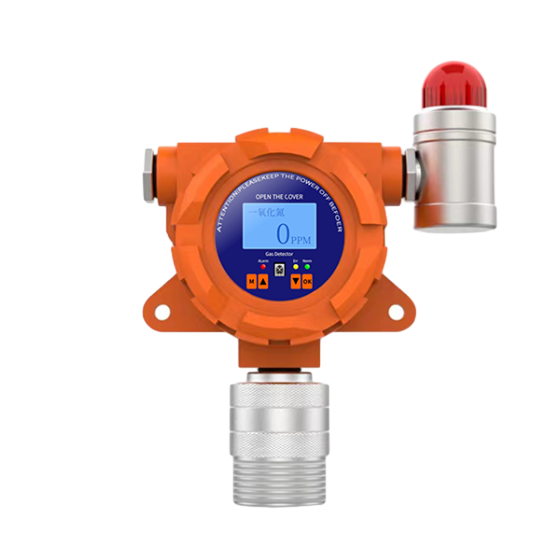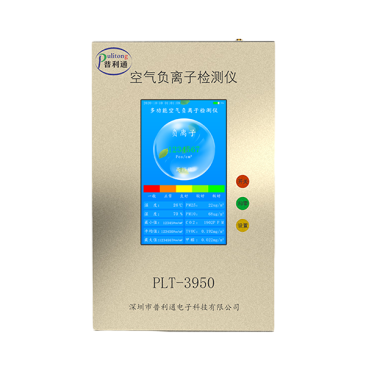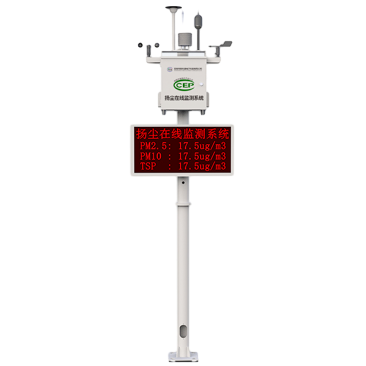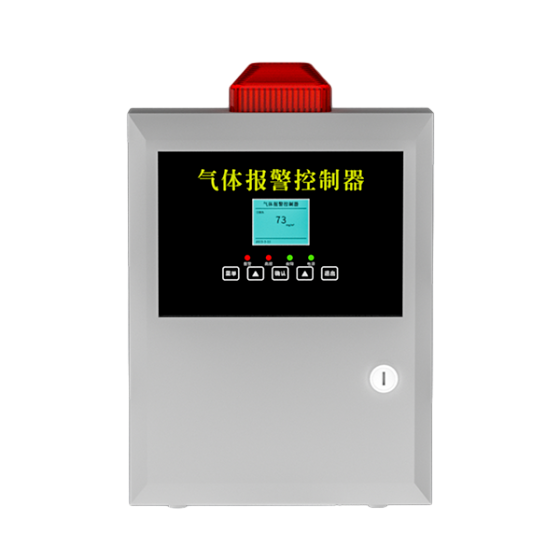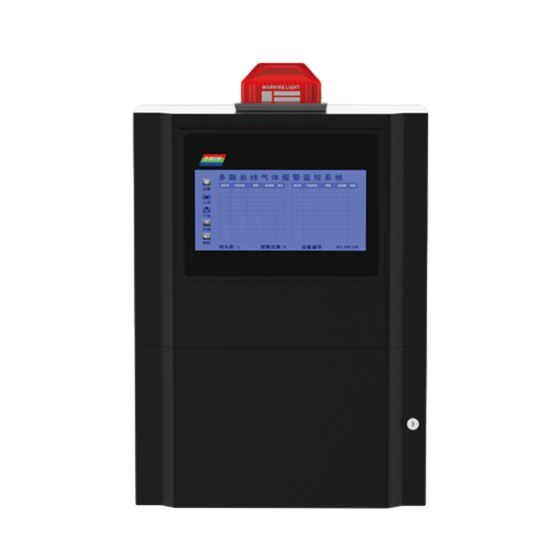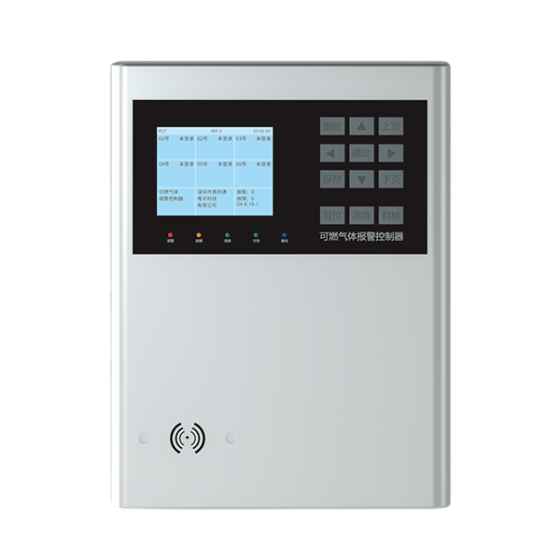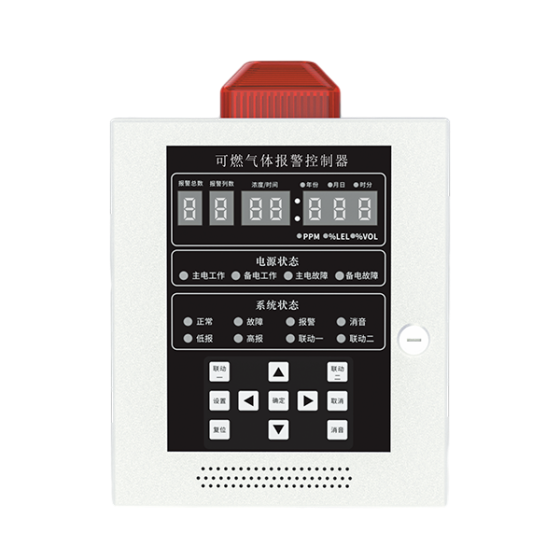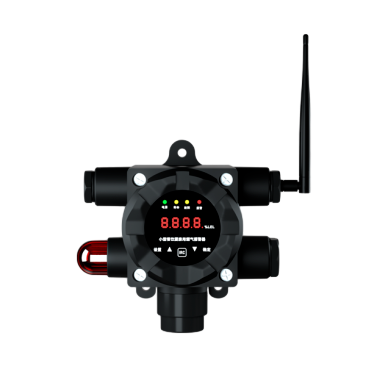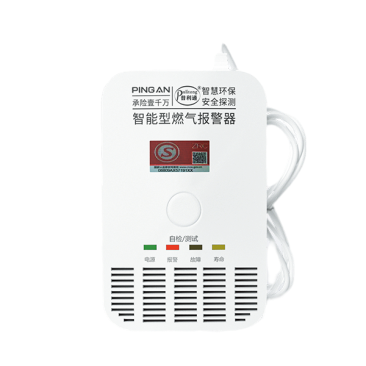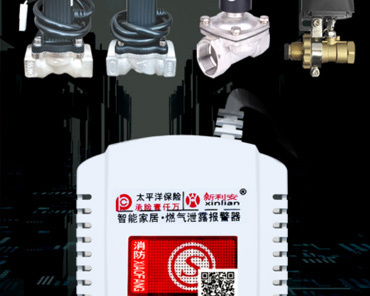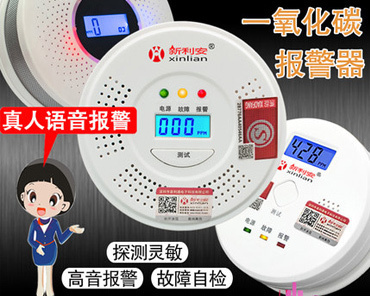Stay Safe: The Essential Guide to Your Carbon Monoxide Alarm
2025-05-18
What is a Carbon Monoxide Alarm?
Hey there, safety-savvy folks! Let’s dive into a topic that’s not only important but also a bit of a lifesaver—literally! A Carbon Monoxide Alarm is your home’s silent guardian against an invisible threat. This nifty gadget detects carbon monoxide (CO), a colorless, odorless gas that can sneak up on you, especially in poorly ventilated spaces. Yikes, right?
Why You Need One
First off, you might be wondering, "Why do I even need a Carbon Monoxide Alarm?" Well, let’s break it down. CO is produced from burning fuels like gas, wood, propane, and charcoal. Inadequate ventilation can lead to dangerous levels of this gas, which can be fatal. Scary stuff! Having a CO alarm installed in your home is like having a watchdog that never sleeps. It’ll bark (or beep) when there’s trouble, alerting you before things get out of hand!
How Does It Work?
So, how does this little hero operate? A Carbon Monoxide Alarm uses sensors to detect CO levels in the air. When it senses even a hint of trouble, it sounds an alarm to warn you. Most alarms will beep in a series of sharp bursts, making it hard to ignore. Some even come with digital displays showing the exact CO levels—pretty neat, huh?
Placement is Key
Alright, let’s talk placement. You can’t just toss your Carbon Monoxide Alarm anywhere and expect it to work miracles. Ideally, you should install one near sleeping areas and on every level of your home. If you have a fireplace or gas appliances, make sure you have alarms nearby. And hey, don’t forget to keep it out of the kitchen; cooking fumes can cause false alarms!
Maintenance Matters
Now that you’re all set with your alarms, let’s not drop the ball on maintenance. Just like you wouldn’t drive a car without checking the oil, you shouldn’t ignore your Carbon Monoxide Alarm. Regularly test the alarm (once a month is a good rule of thumb), change the batteries at least once a year, and replace the unit every 5-7 years. Trust me, a little upkeep goes a long way!
Know the Signs
Every savvy homeowner should know the signs of CO poisoning. Symptoms can mimic the flu—think headaches, dizziness, and shortness of breath. If you or your family experience these symptoms while at home, get everyone outside and call for emergency help! Don’t take chances; it’s better to be safe than sorry.
Choosing the Right Alarm
When it comes to choosing a Carbon Monoxide Alarm, there are a few options out there. You can go for a battery-operated model, which is perfect for those who want flexibility in placement. Or, if you’re a tech enthusiast, consider a smart alarm that connects to your phone, providing real-time updates and alerts. Whichever you choose, just make sure it meets safety standards. Better safe than sorry, right?
Final Thoughts
In conclusion, a Carbon Monoxide Alarm is not just a gadget; it’s your home’s unsung hero. Investing in one—or several—could mean the difference between safety and danger. So, take action today! Install your alarms, check the batteries, and educate your family about CO poisoning. Stay safe and sound, friends!
Related Info
Combustible gas alarm maintenance
2020-07-03
2021-01-14








